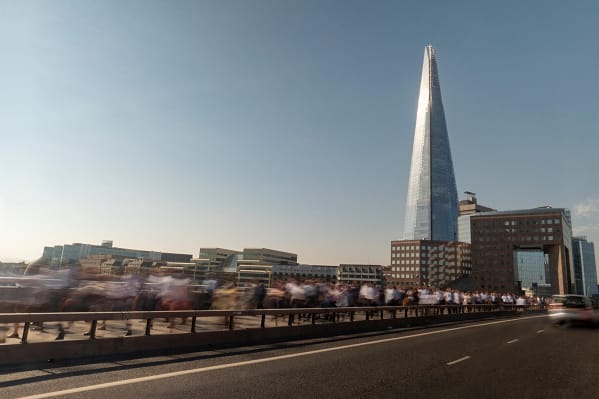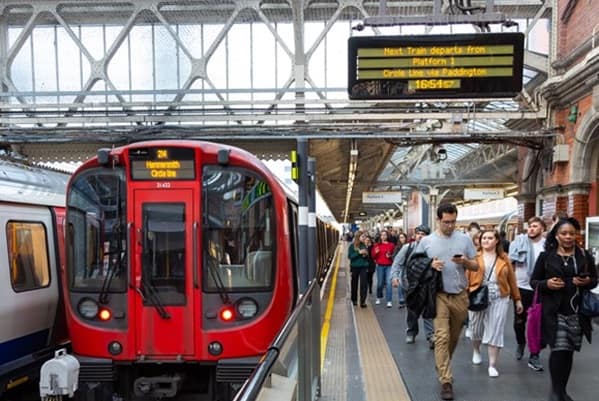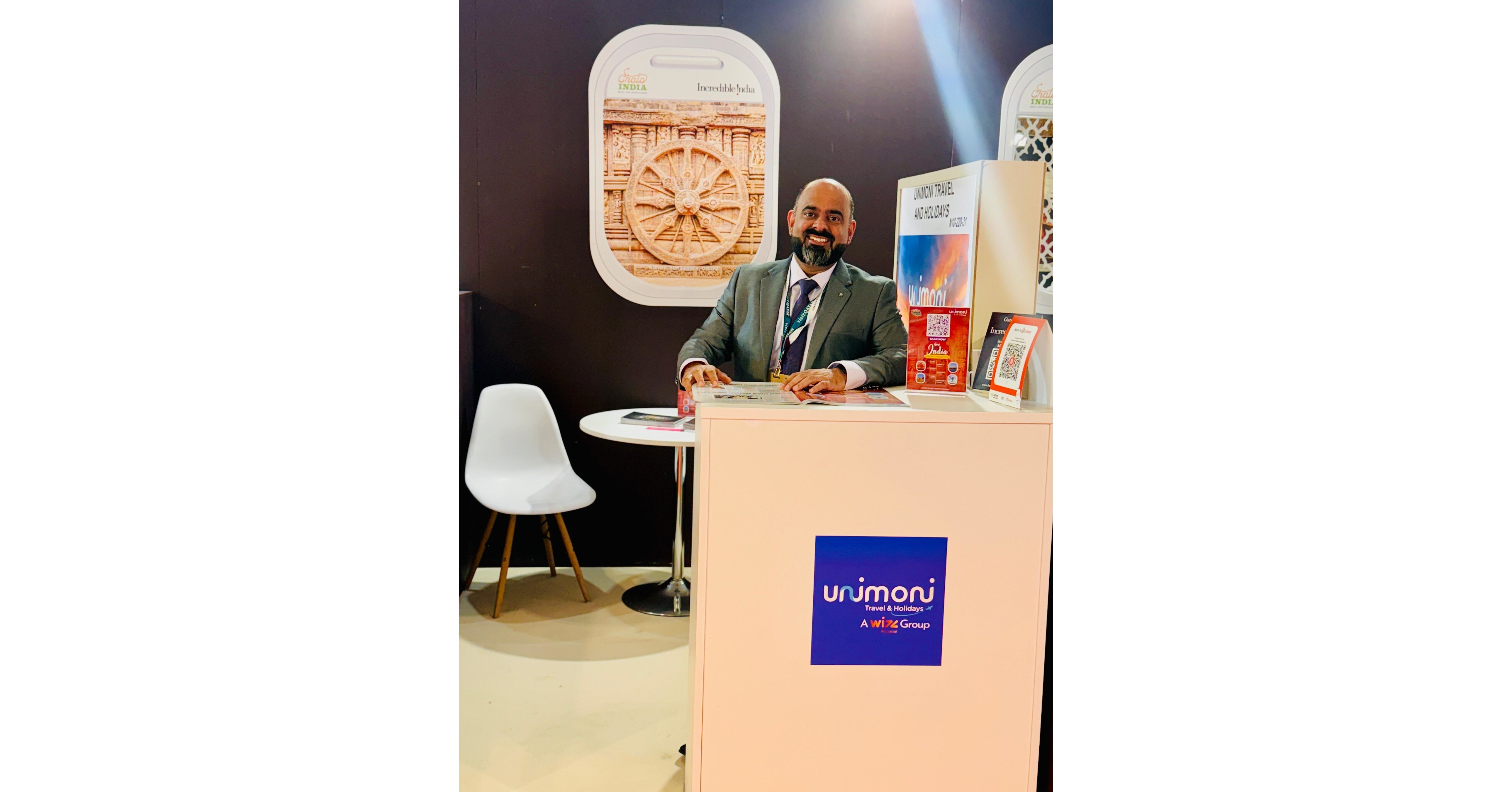Cricket
Keeping your eye on the ball just got easier at this London cricket field | CBC News

As cricket’s popularity continues to soar in London, Ont., a couple of large black screens at the city’s only full-sized regulation pitch will improve the quality and safety of the game, said a local club’s president.
Following calls from the local cricket-playing community, city crews last week installed the three-metre-high “sight screens” on the north and south ends of the cricket ground at Northridge Fields on Adelaide Street, north of Windermere Road.
As the name suggests, sight screens make it easier for the batter to see the ball as it races toward them at more than 100 km/h.
Without the screens, it can be tough for batsmen to see the white ball coming toward them, said Subhash Sharma, president of the Forest City Riders cricket team, who helped get the new screens installed.
“I’ve been playing cricket for the last 40 or 50 years, and having played in India before I came to London 20 years back… this was a routine thing, to have a sight screen at either end,” he said.
“That’s a feature which I found not to be present here.”
The screens make it easier to see the ball, helping batsmen hit it and avoid being hit by it. Standard cricket balls are usually red or white with a leather exterior and they’re extremely hard. Getting clocked by one can cause serious injury and death.
“I have been receiving so many congratulation mails and phone calls… right across the league, to know how happy they are to have this thing installed,” Sharma said.
The city operates three cricket pitches, with Northridge Fields being the newest since it opened in 2022. There are also slightly smaller pitches at Silverwood Park and the North London Athletic Field.
Despite cricket’s growing popularity, the city hadn’t received any requests for sight screens until this year, said Jon-Paul McGonigle, director of recreation and sport for the city.
“As soon as it was brought to our attention, and there seemed to be buy-in from the cricket community, we moved forward with that solution for them,” said McGonigle.
Sharma played a lead role in pushing for the new sight screens, he said, noting the process from request to installation took about six weeks at a cost of $10,000.
McGonigle added the city had been in conversation with the local cricket community, which numbers between 1,200 and 1,500 people. According to Sharma, two leagues operate in the city with a total of 25 teams.
“There’s going to be some things that we don’t necessarily understand about the game, and [we] certainly want to thank the cricket community who’s been incredible at inviting us out, educating us,” McGonigle said.
Sharma said he was happy with the city’s response, saying they were very receptive to making the fields cricket-friendly and listening to concerns about grass length (between 15 and 18 millimetres is ideal).
McGonigle said the city was looking at new equipment and was in talks with other jurisdictions with more experience.
The city is also looking at updating its parks and recreation master plan. Approved in 2019, it has no future provision target for cricket.
But cricket popularity has exploded during the past five years, driven in part by an influx of international students to the city, many from India, where the sport has become ingrained in the nation’s identity.
“We have a better handle on the number of participants and the demand that exists in the city, and I think that’ll help us understand how many cricket pitches we need to build in the future,” McGonigle said.
He added that sight screens may be installed at London’s other pitches, but said nothing is presently in the works.










